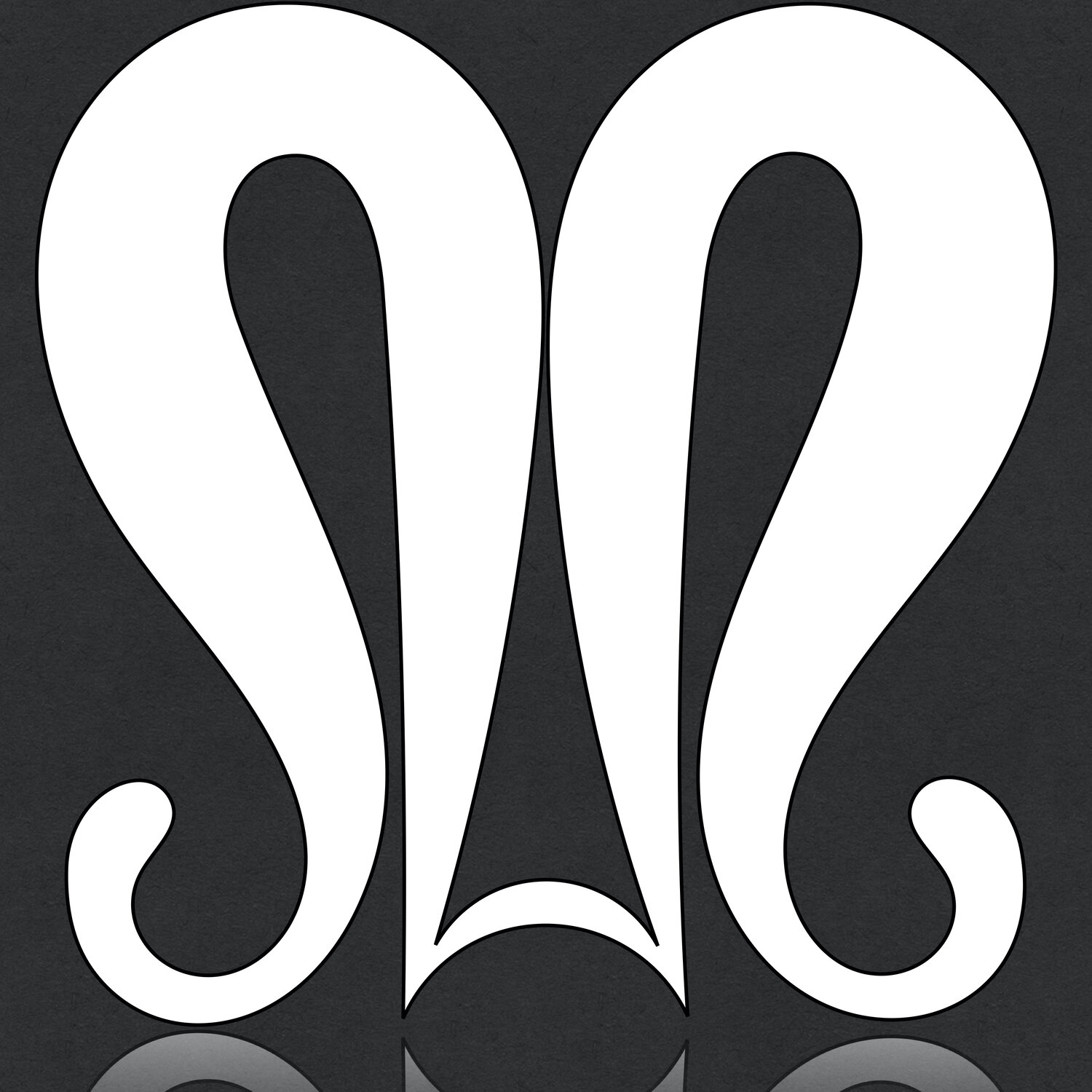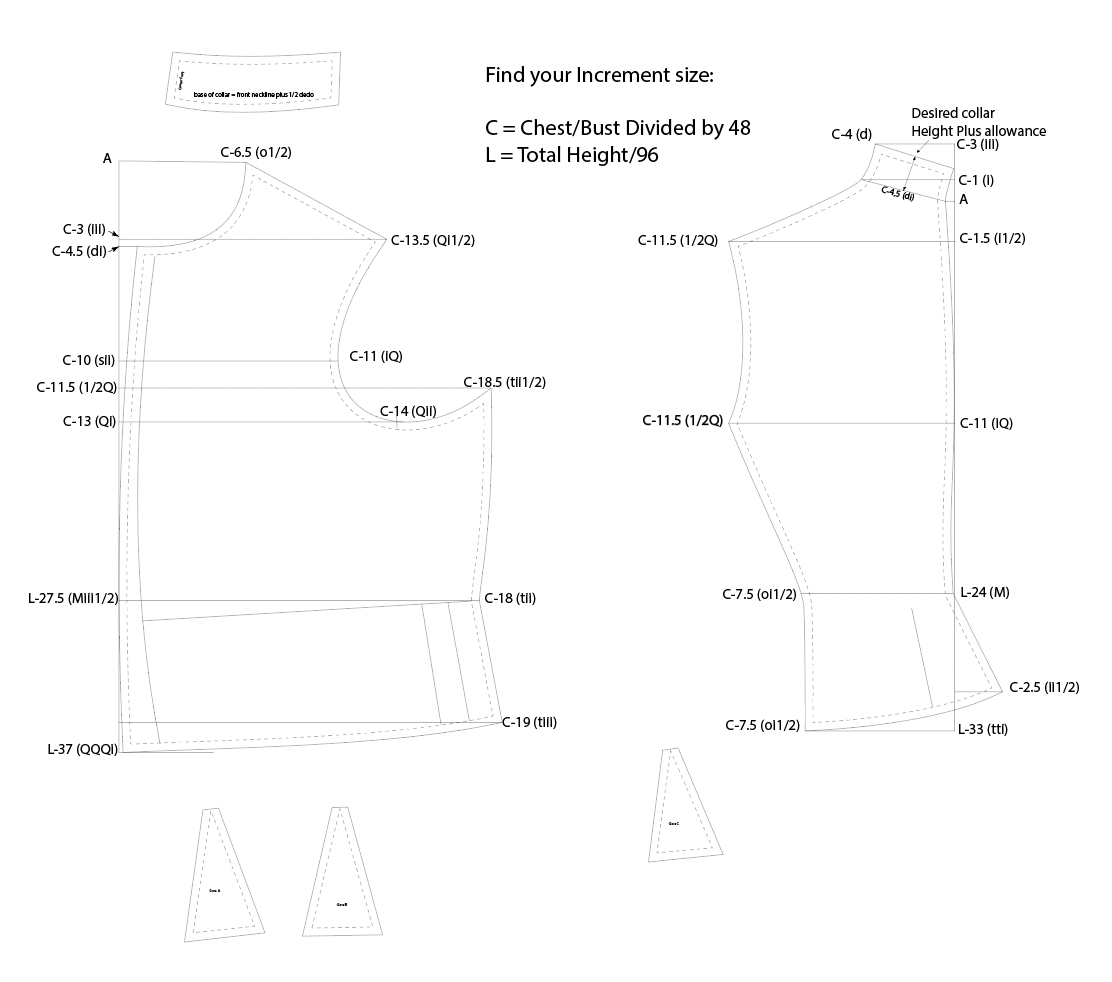I Just Can’t Quit You, History!
From Meyer’s treatise on fencing — Mid 1500s
Early Modern Clothing has always been my passion. While I have been taking a break, I am also aware that the longer I stay away from my favorite era, the less motivated I am to do anything creative.
There is always something to be said for cooling one's engines.
I haven't drafted a doublet pattern in more than 6 months and I had no idea what I wanted to draft. Only that I wanted to do something different from what I had been doing for so long.
One of my students is working on a complicated project involving Germanic clothing of the period and he sent me the above image to interpret into a doublet pattern. Of course, I couldn't turn down such a challenge so I set to work looking at the image and making some quick assumptions before heading into illustrator to draft it up. The image itself is from mid-16th century Germany and showcases a rather old-fashioned style of Pluderhose. In this style, they are barely removed from the world of regular Hosen but have been slashed and fabric inserted for poufs. I will be looking into making a pair at some point but for now...more about the pattern
I have assumed that the little pleat-like folds are the result of gores inserted into slashes, much like ladies jackets of the late 16th/early 17th century period. I have assumed a partially Radially-drafted shape which means that the geometry of the initial draft is assumed to be some portion of a cone, rather than a rectangle which is where many people start their drafting today.
The Draft, made in Illustrator with both Mathematical and historical notation for the Bara Pattern Making System
I am starting to shift my notations to a more mathematical version of the Bara system. Here, you can see the combination of notation system. the number of increments (do not confuse them with INCHES) and the Bara notation equivalent in parentheses.
The body of the doublet is actually a bit more Jacket-like with the collar and shoulders fitting a little snug and narrow when compared to the lower body.
The puff sleeve (shown below) is made from the body pattern and can only be properly drafted after the body is complete.
Amounts of ease and drama may vary from person to person, but overall, keep the proportions smaller than you might think. As modern makers, we have a tendency to over-size many of the elements of historical dress...making those details more like caricatures of the period than true to history.
I have a bit of a big project going on at the moment, teaching a class, but I'm VERY much looking forward to making up this little jacket and seeing how it looks.
I hope it looks just like the image!



